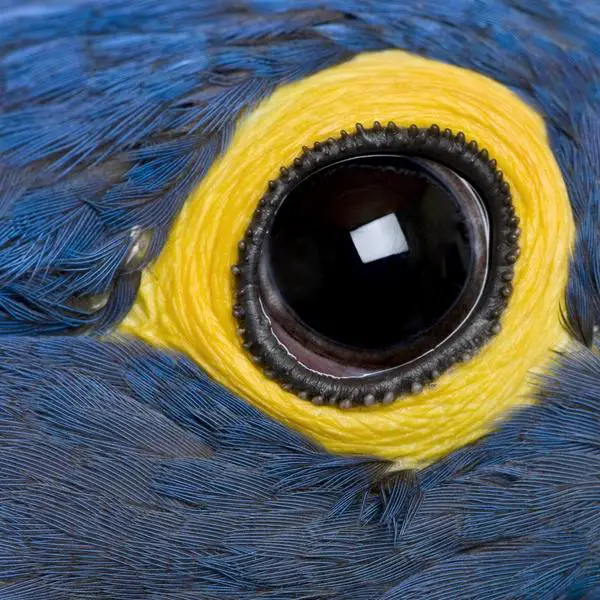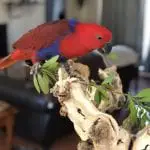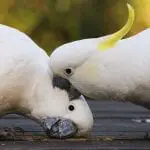Generally, parrot eye problems are considered to be not quite hurting to the parrot. They are commonly not possible life-threatening in birds. However, it is advisable to take a trip to the veterinarian if your parrot experiences an eye problem within 24 hours. Why? Just simply because of the primary conditions that include conjunctivitis, mites, sinusitis, infection, or even the other problems that can advance fast, and it might be deadly. Some minor complications may become big problems, so take your pet to the vet as soon as possible. The main intention is to avoid any condition that may worsen and to avoid permanent blindness to your pet.
How to Asses Parrot Eye Problems
Try to observe your parrot’s eye when it looks normal. If you see a bright, clear eye-ball with open eye-lids and no discharge, this is the normal eye of birds.
The following are some parrot eye problems and their symptoms:
Imprudent tearing, wet and dried leak or the parrot’s eye is matted shut
- A cornea that is bluish in color or just simply seen as the cloudy cornea
- Increased number of blinking
- Blinking
- Red eyelids that swollen
- The parrot’s lids are closed
- The parrot is rubbing its eye, beak or in any side on its face by the use of its wing or perch
How to Obtain a Good Glance Regarding the Parrot Eye Problems
If you have doubts that your pet has an eye problem, just take a direct look into their eyes. Just hold your parrots head steady, and try to get a closer look. You may call for help to assist you in capturing your pet and inspecting the eyes of your parrot thoroughly.
Have these things that a bird first aid kit should have to help you examine your parrot’s eye:
- Rubber gloves
- Towel
- Saline solution
- Cotton balls
- Magnifying glass
- Flashlight
Step by Step Guide on How to Cure Parrot Eye Problems
- The first thing that you may do is put on some sterile rubber gloves.
- Use a clean towel to gently hold back your pet with a flashlight and a magnifying glass to help you as you inspect both of your parrot’s eyes. Mildly capture your pet and keep it from holding its head steadily with the eye up.
- With the use of the flashlight, look closer and observe any object in your pet’s eye. Is there any discharge from your pet’s eye? Do you observe some swelling or redness in it? You may hardly differentiate the two eyes because maybe both eyes are both affected.
- Learn if the bird’s cornea is somehow cloudy or opaque-looking. When you notice these symptoms, then quickly take your pet to the veterinarian. Your parrot should be kept away from direct sunlight until you get the right medical care. It is not advisable to do some self-medication with an over the counter medicines, trust your vet to decide the reason for your parrot’s eye problem.
- In other conditions, if you don’t see any discharge that comes from the eyes of your pet, try to look for some foreign bodies. There are some foreign bodies such as a seed husk that can be painful in birds.
- You may use some sterile saline solution to wash the eyes of your pet. It is advisable to use some syringe filled with sterile water if you don’t have an eyewash at hand. Mildly open and close the eyes of your pet to move the foreign body in the direction of the corner of the bird’s eye to be more visible. 7. Once you already have seen that foreign body inside your parrot’s eye, use some cotton balls to gently rub the item away. Be very careful not to at least scratch your pet’s eyes.
Some Usual Health Problems That Can Also Affect Your Pet’s Eyes
Video Source: Youtube
Vitamin A Deficiency
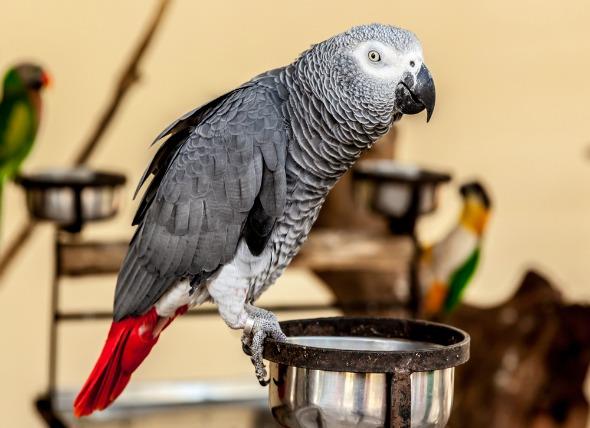
Vitamin A deficiency in the parrots is more usual than what you think. Its symptoms are miserable and distressing. Almost all of the captive birds are susceptible to this kind of disease. This kind of disease is highly treatable, but this condition also is highly preventable.
Those parrots that are affected by vitamin A deficiency show a different symptom. Swelling around the eye area of the bird is known about the periorbital abscess. Generally, some deficiencies may occur because of this Vitamin A deficiency includes a secondary infection, respiratory that may also affect the eyes. This hurting disorder is amenable to the use of a healthy diet; you may try to feed your pet a seed and nut diets.
Psittacosis
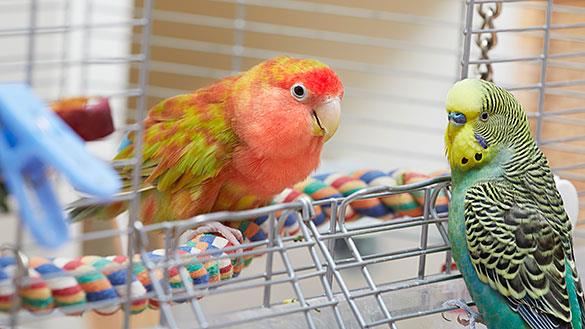
Psittacosis is also known as parrot fever; this might be the cause of the parrot’s eye and nose discharge. Besides, you may see that your pet has some breathing difficulties, depression, and even an appetite loss. Some parrots who are talkative may become quiet and inactive. With these, you need to isolate your pet away from other birds in your household. Follow the vets’ orders and medications and remain their environment as stress-free as possible.
Salmonellosis
This condition is an infection where some type of salmonella bacteria affects the intestines of your parrot. Other effects on your pet may include a swollen eyelid or conjunctivitis. The hindmost is a redness of the eyelid’s lining. It depends on your vet to regulate what kind of salmonella is infecting your pet with the help of the fecal sample. The vet advises appropriate antibiotics. Usually, most parrots recuperate from the salmonella virus.
Mycobacteriosis
The mycobacteriosis or also known as avian tuberculosis, which is a kind of bacterial virus that is usually hard to treat, and it is commonly proving to be fatal in birds. The common symptoms of mycobacteriosis are weight loss and diarrhea. All the parrots that are infected may grow some eye masses with internal and external masses. This type of bacterial infection is transmittable to humans, so don’t forget to wear rubber gloves if you are nursing or even handling your pet parrot.
Sinusitis
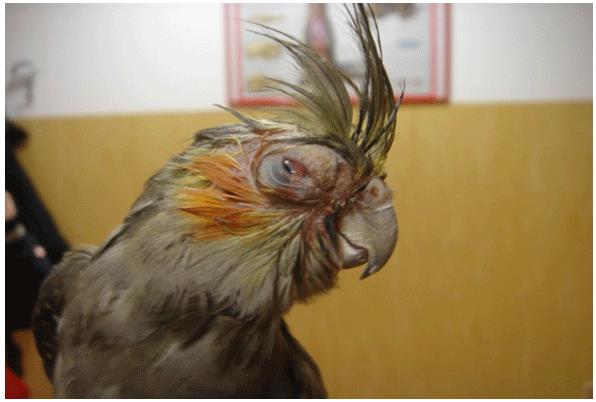
Larger kinds of birds are more vulnerable to sinusitis than with the smaller birds. A parrot usually undergoes a complex sinus system wherein its air sacs are connected by the sinuses. An avian sinus can become contaminated from either injury in parrots or any respiratory infections. Whatever that may provoke the sinus will also swell the eyes, the infection is commonly bacterial, but it can be fungal in nature.
A parrot that is having sinusitis usually experience swelling or a discharge that comes from their both eyes. Its discharge is like a gummy, in which your parrot’s eyes will become matted shut. Try to open its beak breathing, a noise that comes from the choanal area, then pump a supra and infraorbital sinuses. It is a common easy way to treat the sinus with the help of the saline solution.
Conclusion
Treating the eye problems of your parrot starts by knowing how to assess the signs. After this, you should follow the prescribed intervention of the veterinarian to avoid aggravating the eye condition of your pet. Knowing how to clean the eyes of your parrot and proper positioning will help you treat the eye problems of your pet parrot.

